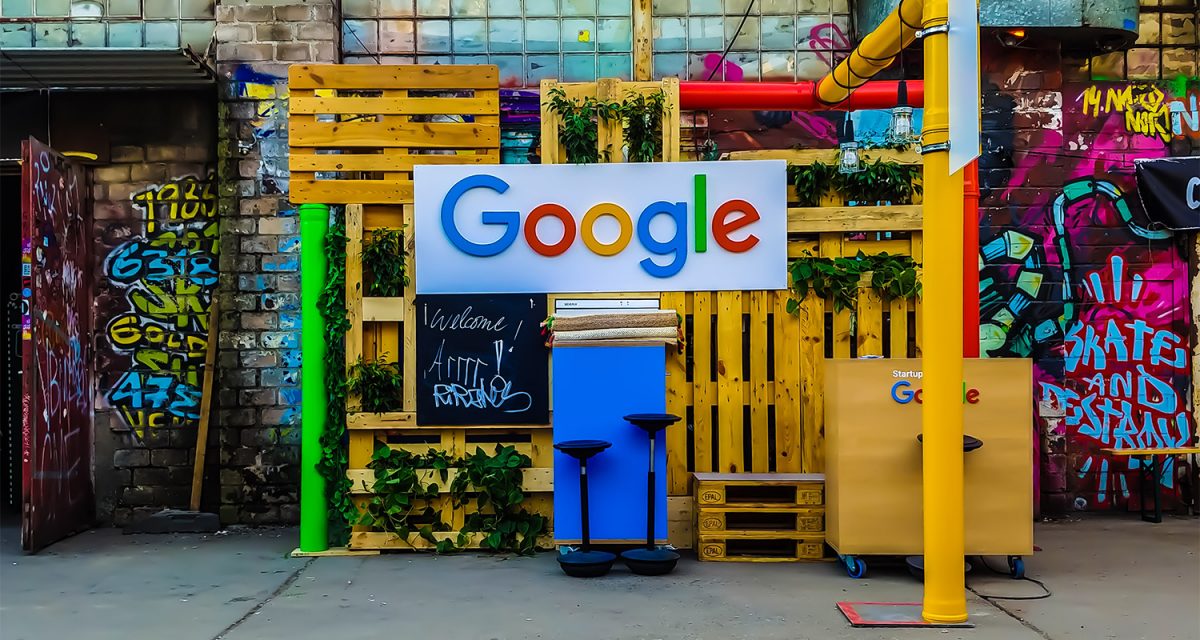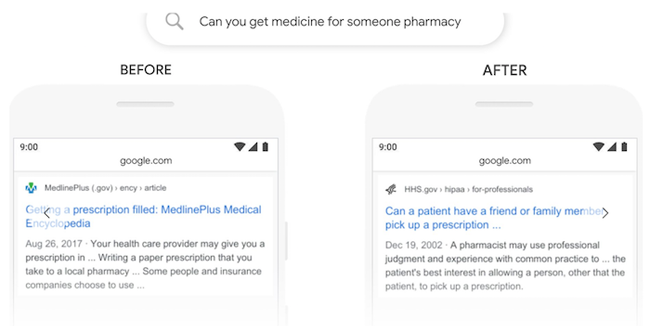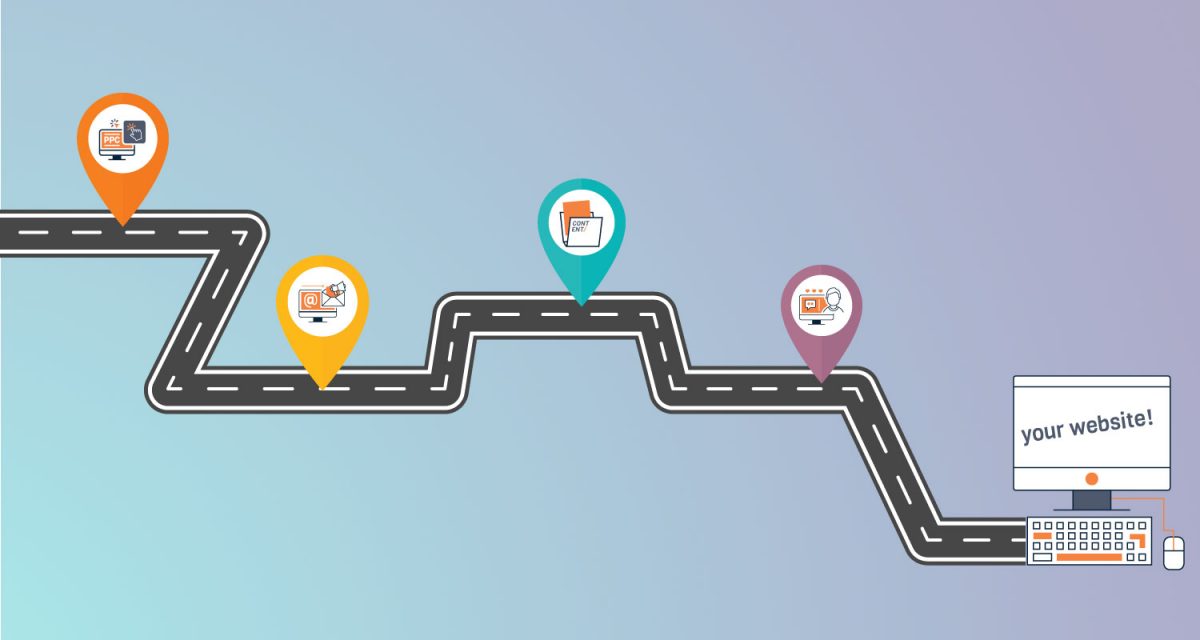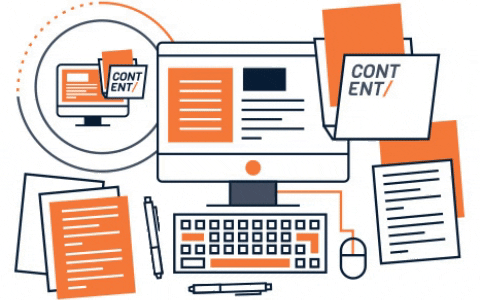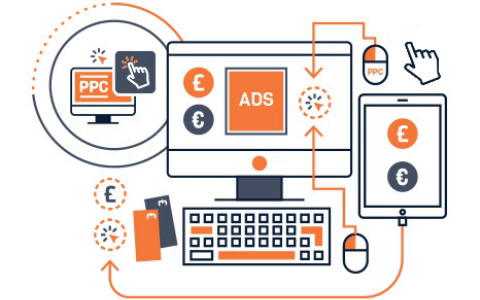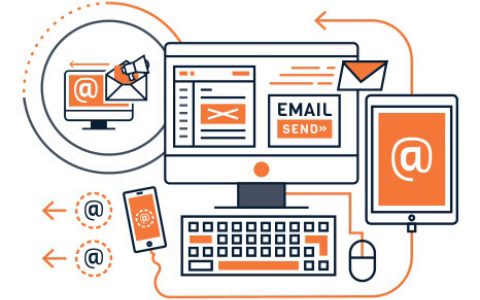Unless you’re a seasoned home-worker, working from home can be tough to get used to. Getting to grips with how to efficiently work from home will be a new concept for a huge chunk of the population.
You might find yourself more distracted, you have less accountability and different methods of communication and working practices to get accustomed to. This doesn’t mean that it can’t be done, though. With current drastic changes to the way we all live, a lot of us will be new to the world of working from home (WFH).
Here are some helpful tips to get the most out of WFH and ways keep working efficiently:
Stick to your regular hours
If your usual office time is bound by particular hours of the day, then stick to these, if you can. By sticking to your usual working/break times, this will help to minimise disruption. Plus, it will aid in keeping work and leisure time separate.
Plan your day
At the start of each day, create a list of tasks in priority order, or in order of your natural productivity cycles. If you know you’re more productive in the morning, then put your most important tasks during that time. Having objectives for each day can stop you from becoming distracted or procrastinating.
Get ready for work every morning
It can be tempting to simply roll out of bed and get to work in your pyjamas. However, getting up, having a shower and dressing for success as you usually do can get you in the right headspace for working. Keeping your routine as structured as possible is essential. Plus, at the end of the day, it’ll feel all the more relaxing getting back into your comfies!
Make a home office
If you have the space or facilities to do so, then set up a designated area for working in. Try to set up a desk with all the tools that you need in order to work. This way, when you’re in that designated area, it will be easier for you to get in the it’s time to work mindset.
At The Graphics Department, although we too are working from home, we’re fully operational and offering emergency services to anyone who needs to quickly update customers of service changes. So, if you’d like to get in touch, then you can do so by following this link.

